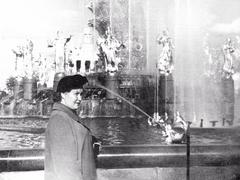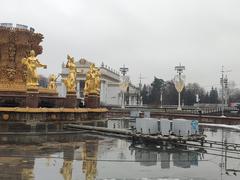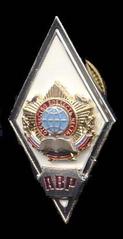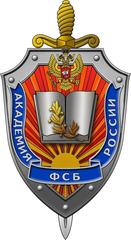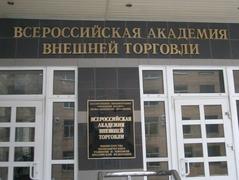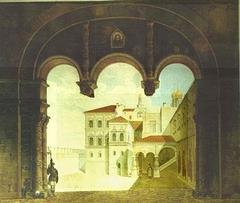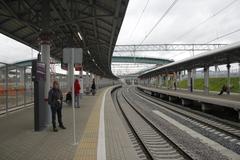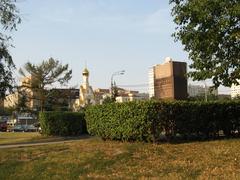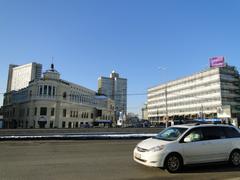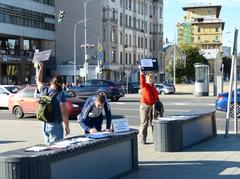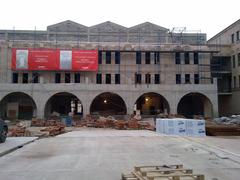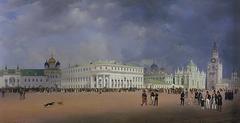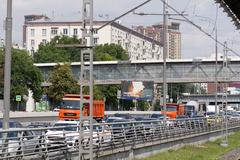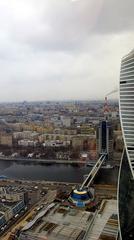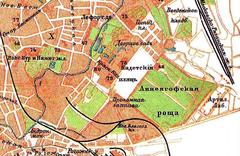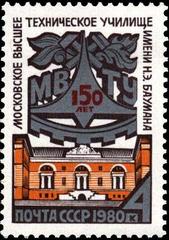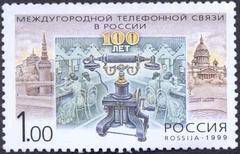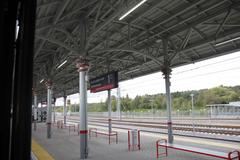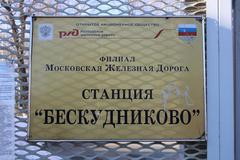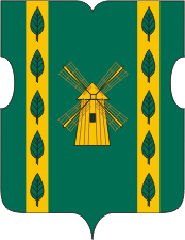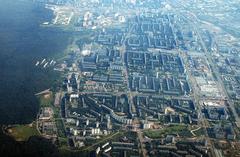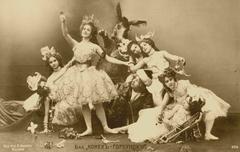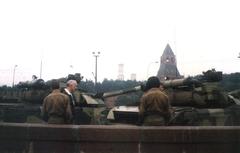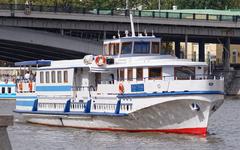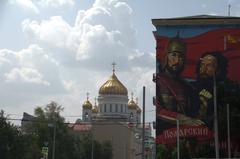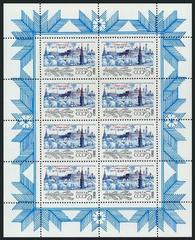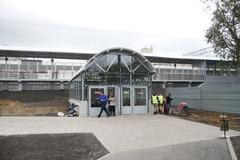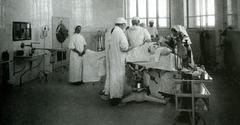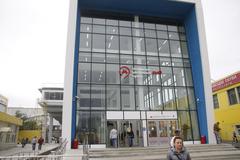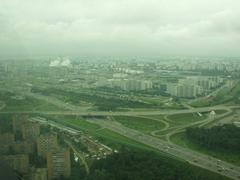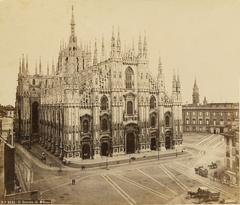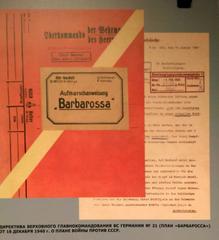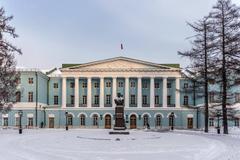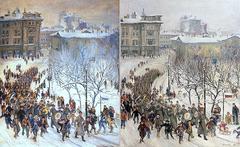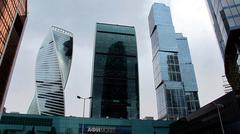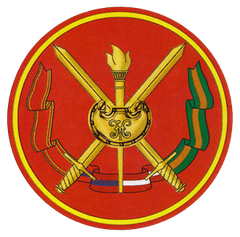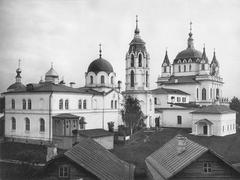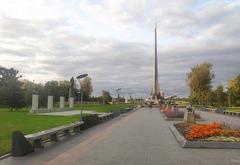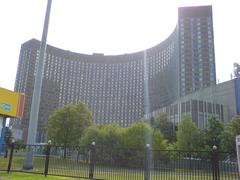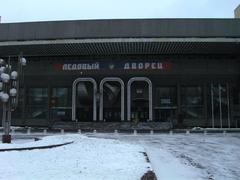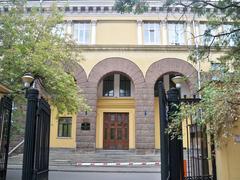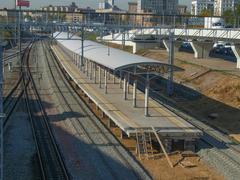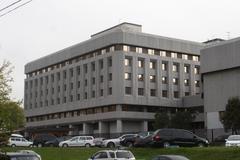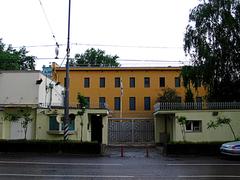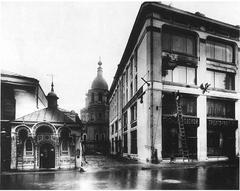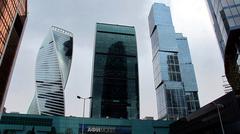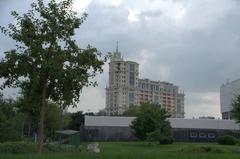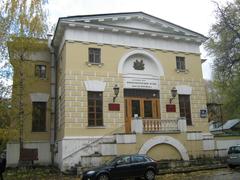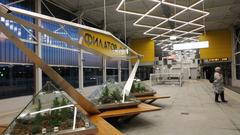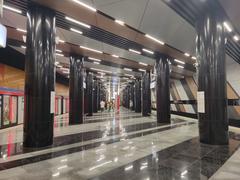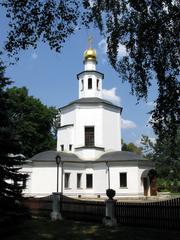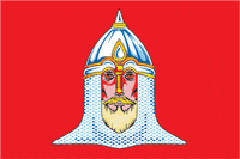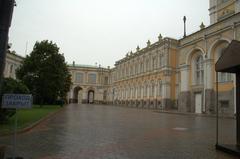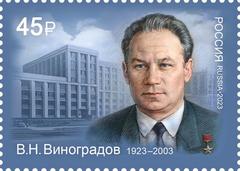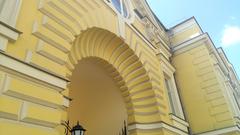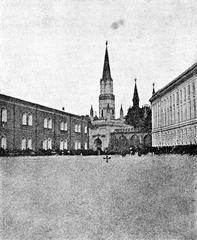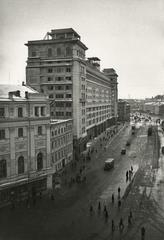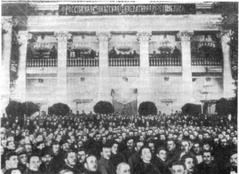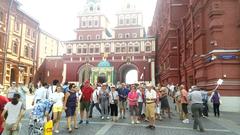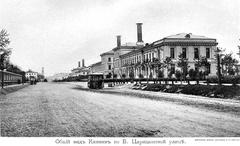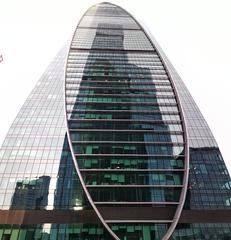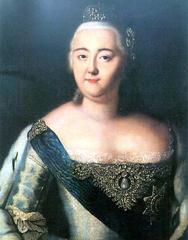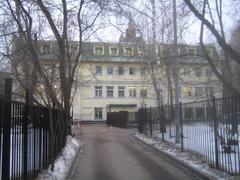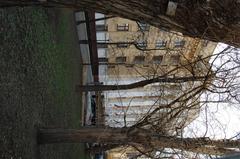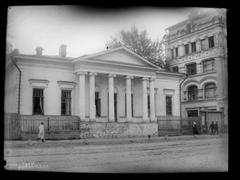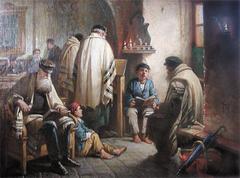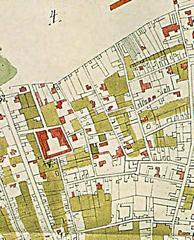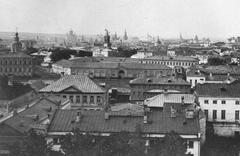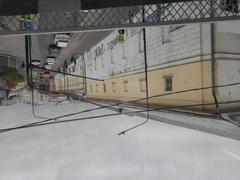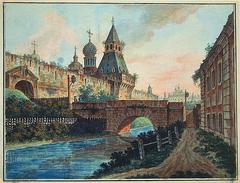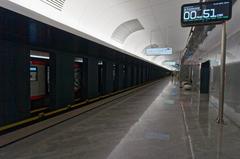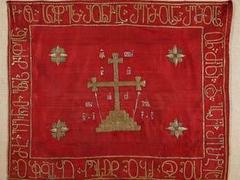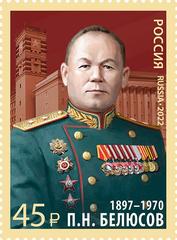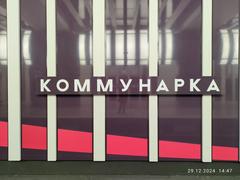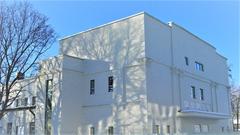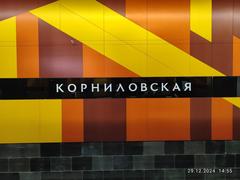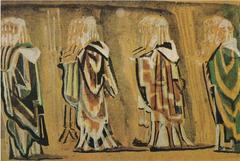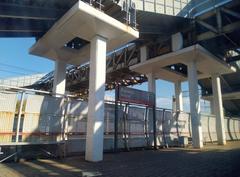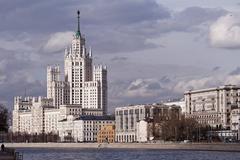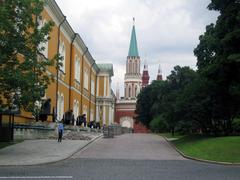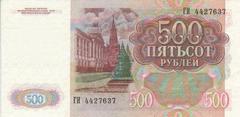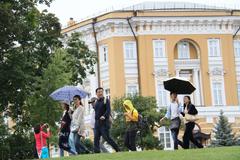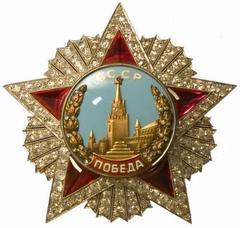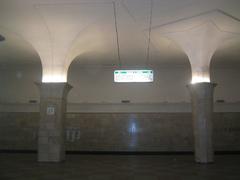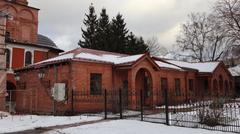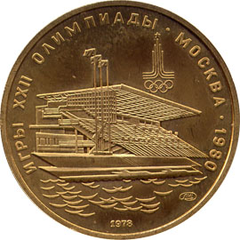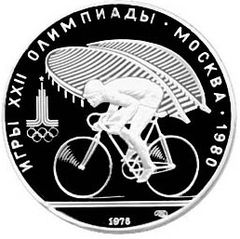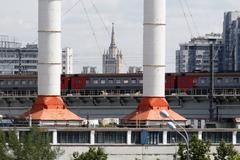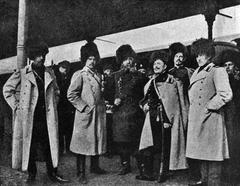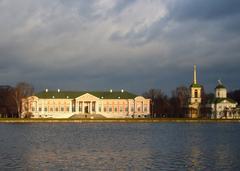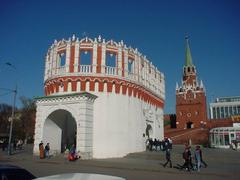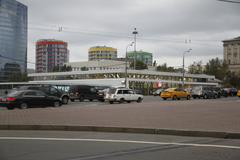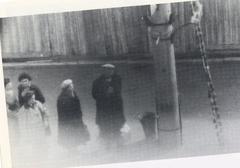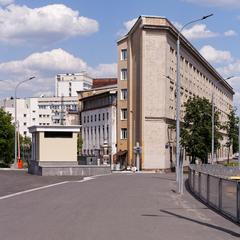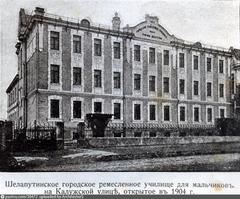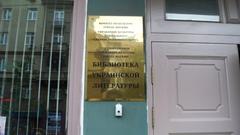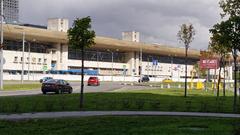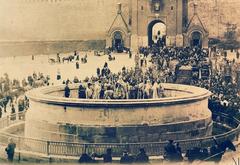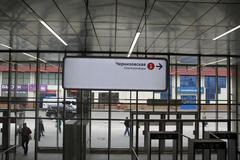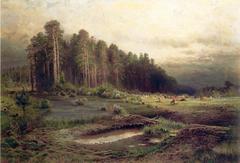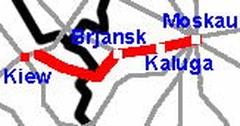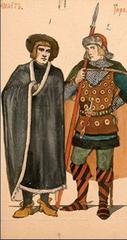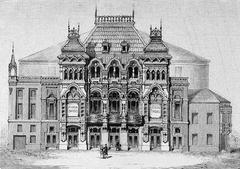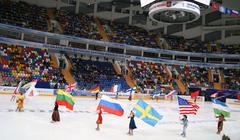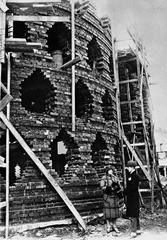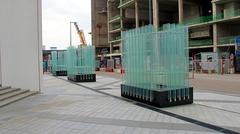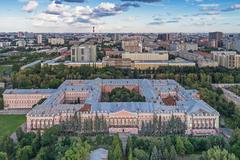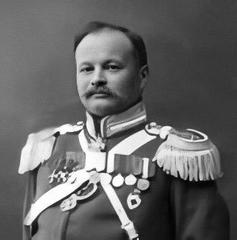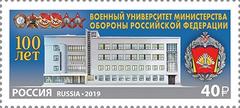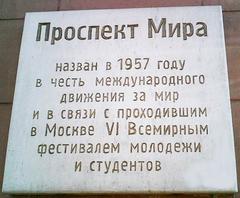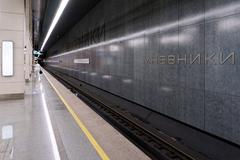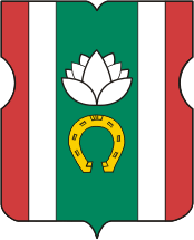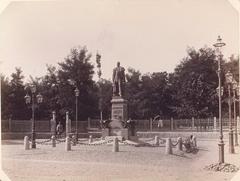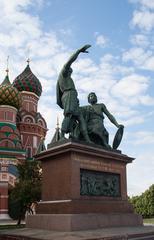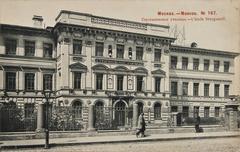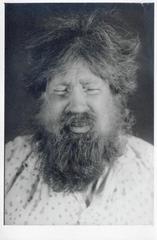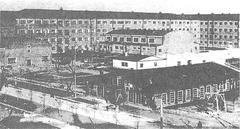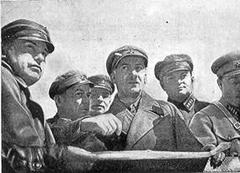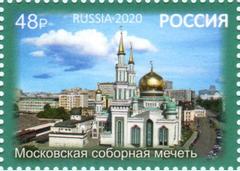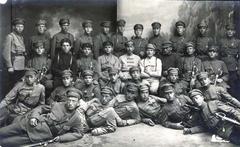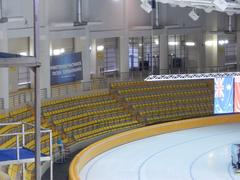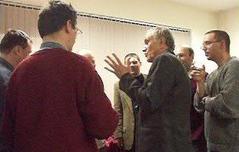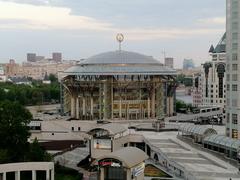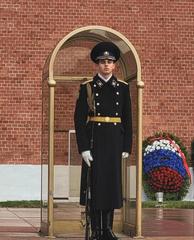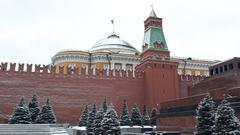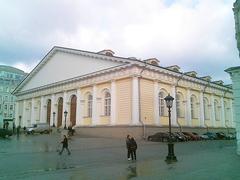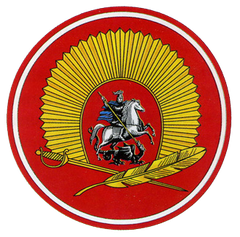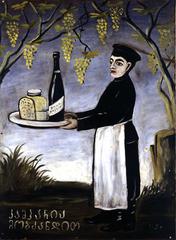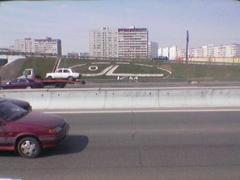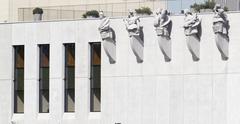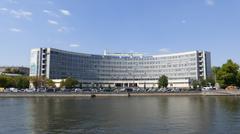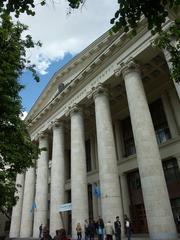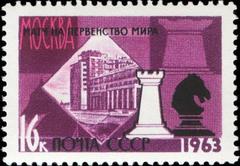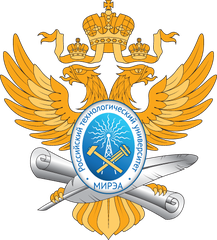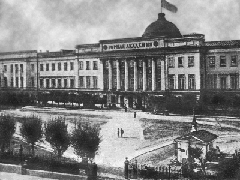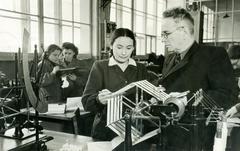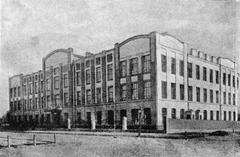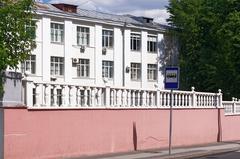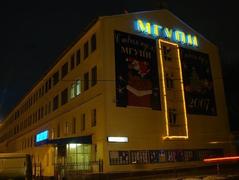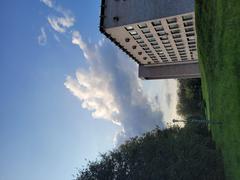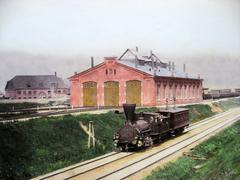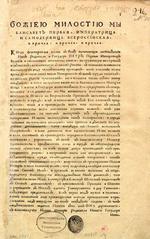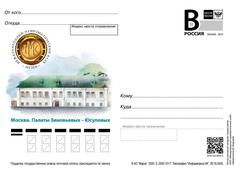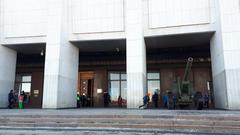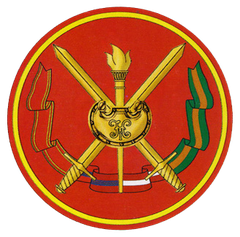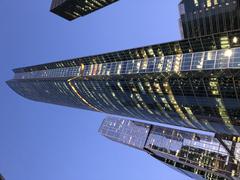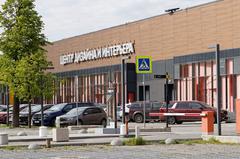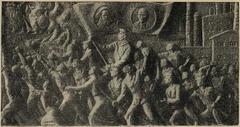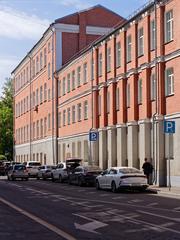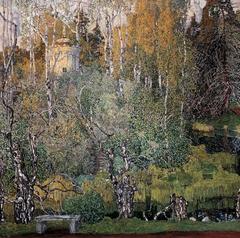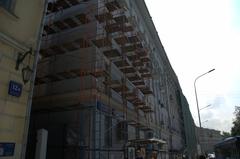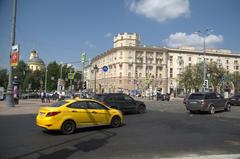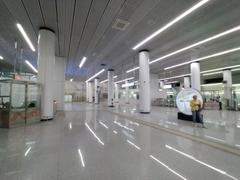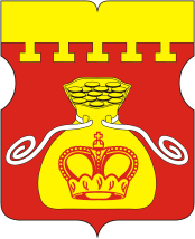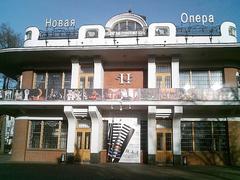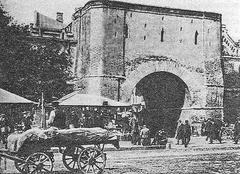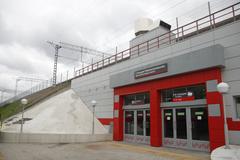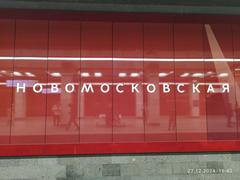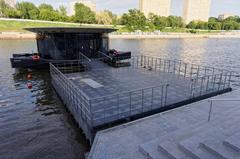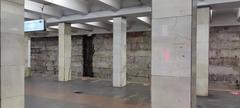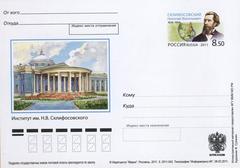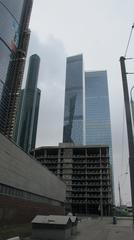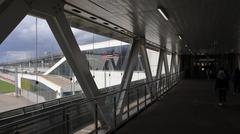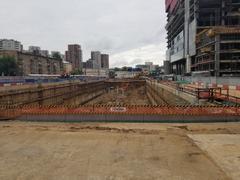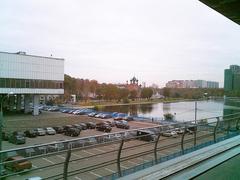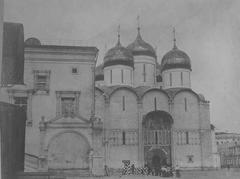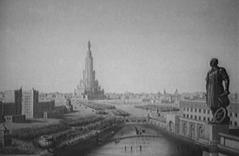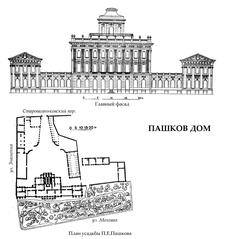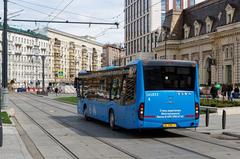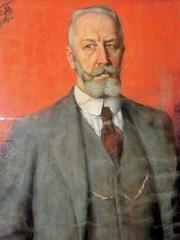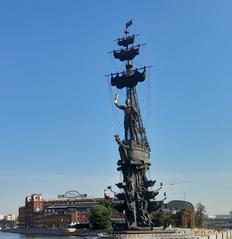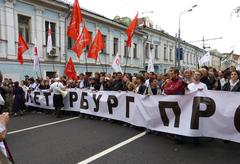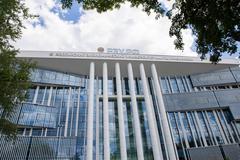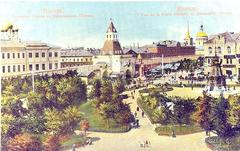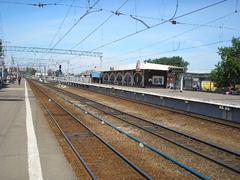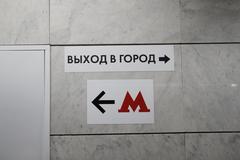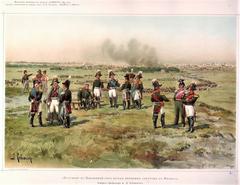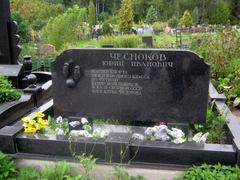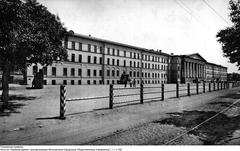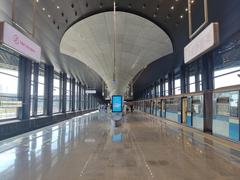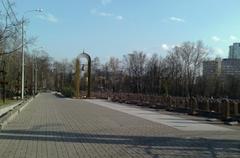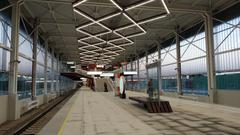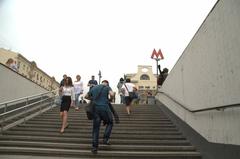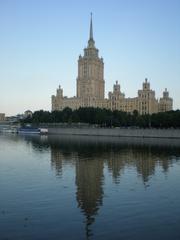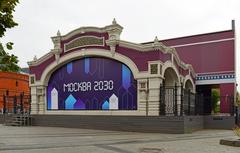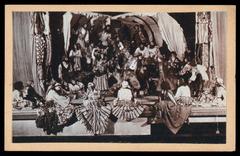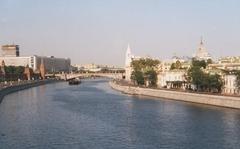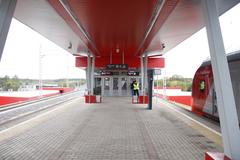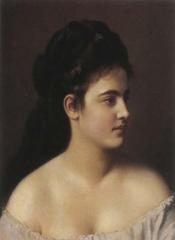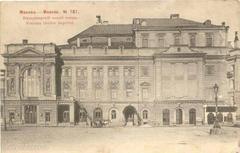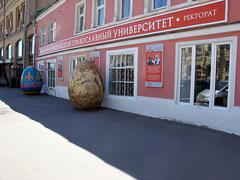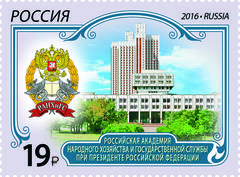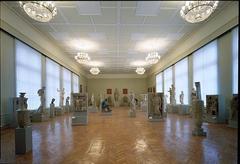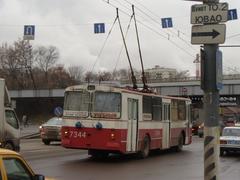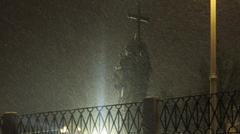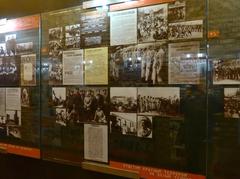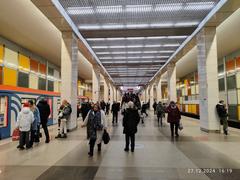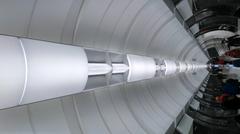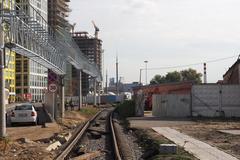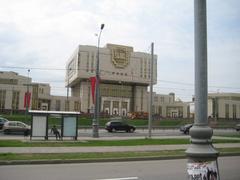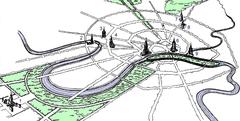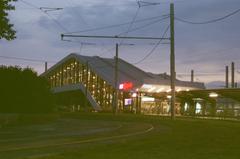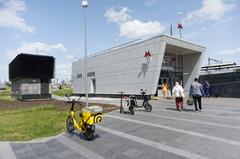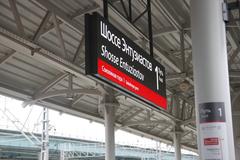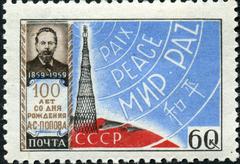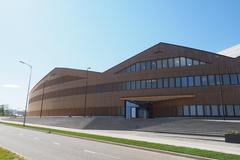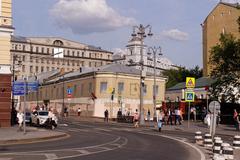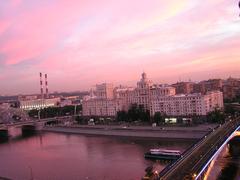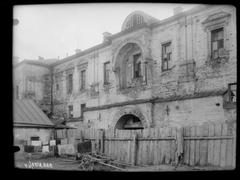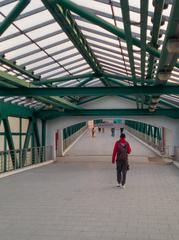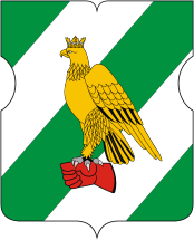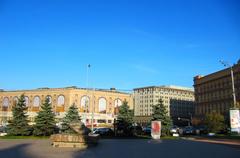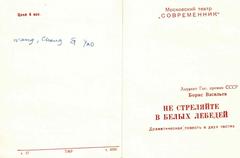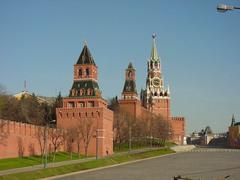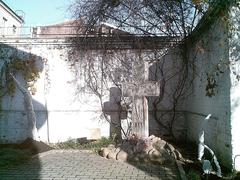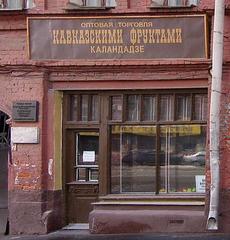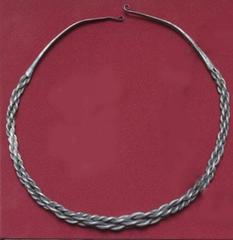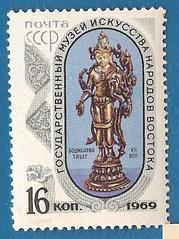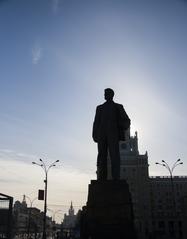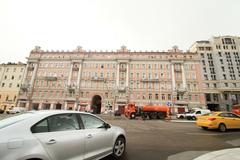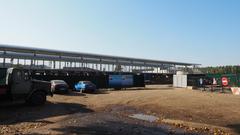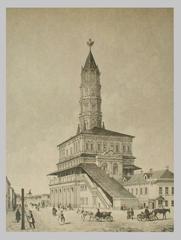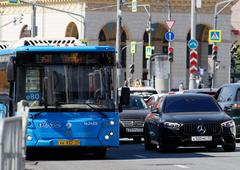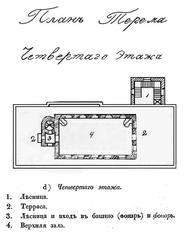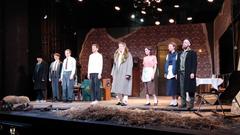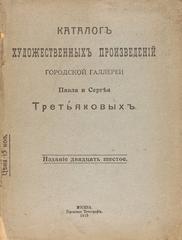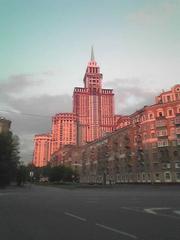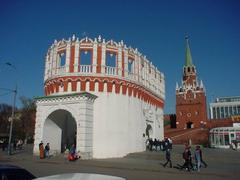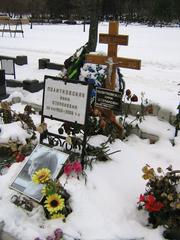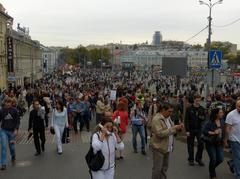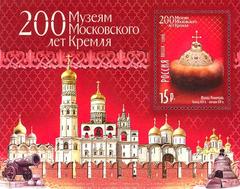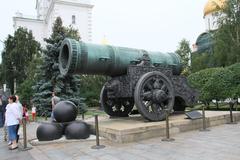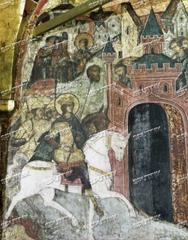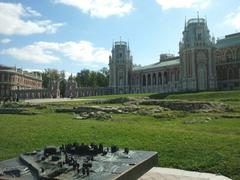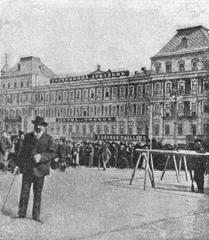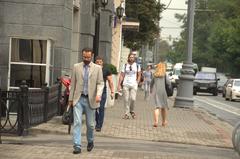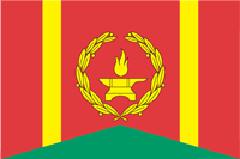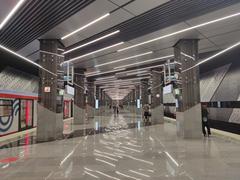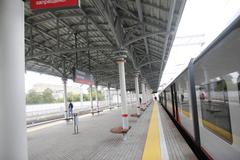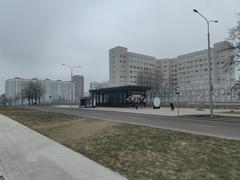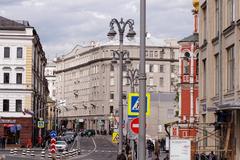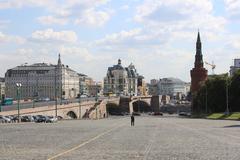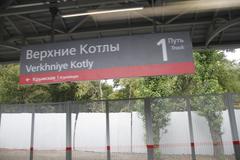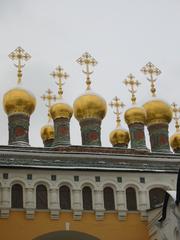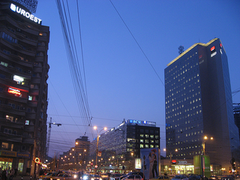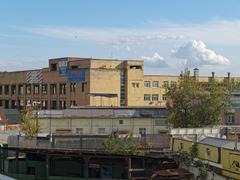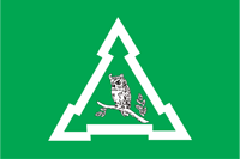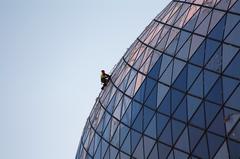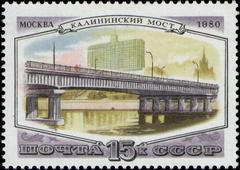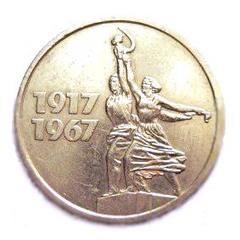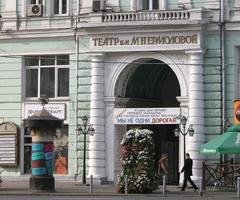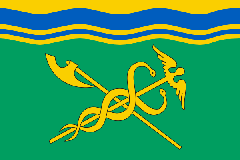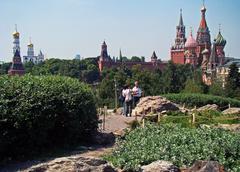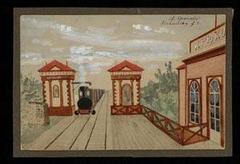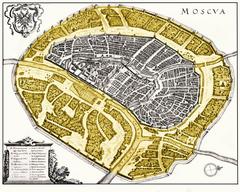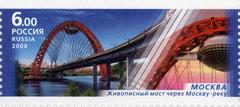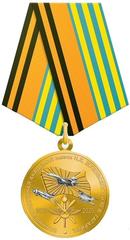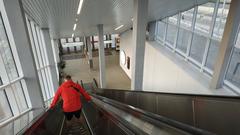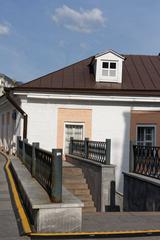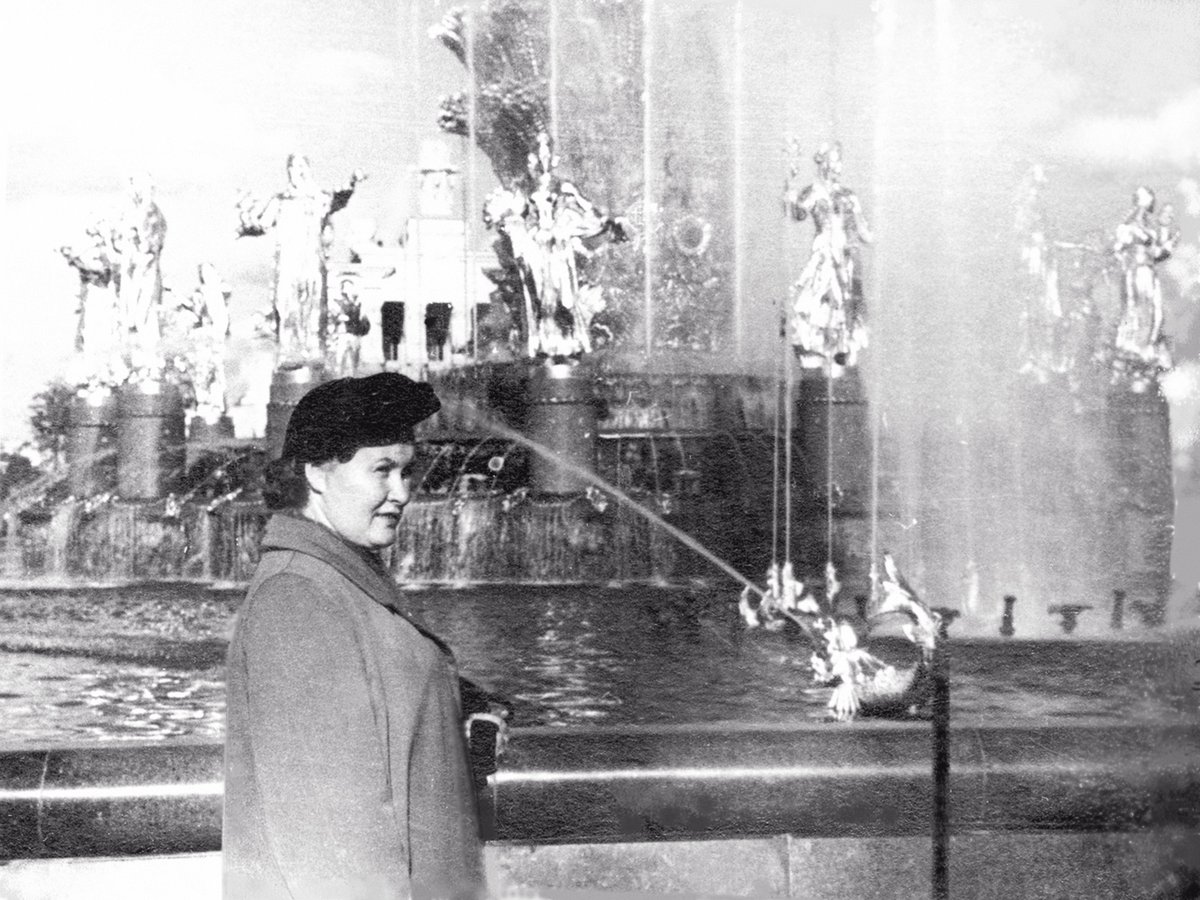
Comprehensive Guide to Visiting Druzhba Narodov, Moscow, Russia
Date: 17/07/2024
Introduction
The Friendship of the Peoples Fountain, known as Дружба народов in Russian, is a monumental symbol of Soviet architecture and ideology within the All-Russian Exhibition Center (VDNKh) in Moscow. Constructed between 1951 and 1954, this iconic fountain was designed to celebrate the unity and strength of the Soviet Union’s diverse republics. The VDNKh, established in 1935, served as a showcase for Soviet achievements in various fields such as agriculture, industry, and science (VDNKh official site). The fountain was designed by a team of renowned architects and sculptors, including K. Topuridze and G. Konstantinovsky, and features 16 gilded statues representing the Soviet Union’s republics at the time. These statues are arranged in a circle around a large central basin, symbolizing unity and equality. The fountain’s design is a blend of classical and socialist realist styles, reflecting the artistic trends of the era.
Table of Contents
- Origins and Construction
- Symbolism and Ideology
- Renovations and Preservation
- Cultural and Historical Significance
- Visitor Experience
Origins and Construction
The Дружба народов (Friendship of the Peoples) fountain, located in the All-Russian Exhibition Center (VDNKh) in Moscow, is a significant symbol of Soviet-era architecture and ideology. Constructed between 1951 and 1954, the fountain was built during a period when the Soviet Union was keen on showcasing its unity and the strength of its diverse republics. The VDNKh itself was established in 1935 as a showcase for Soviet achievements in various fields, including agriculture, industry, and science.
The fountain was designed by a team of architects and sculptors, including K. Topuridze and G. Konstantinovsky. It features 16 gilded statues, each representing one of the Soviet Union’s republics at the time. These statues are arranged in a circle around a large, central basin, symbolizing the unity and equality of the Soviet republics. The fountain’s design is a blend of classical and socialist realist styles, reflecting the artistic trends of the era.
Symbolism and Ideology
The Friendship of the Peoples fountain was more than just an architectural marvel; it was a powerful symbol of the Soviet Union’s ideological narrative. Each of the 16 statues is dressed in traditional attire, representing the unique cultural heritage of the respective republics. This visual representation aimed to convey the message that despite their diverse backgrounds, all republics were equal partners in the Soviet Union.
The fountain’s central basin, adorned with a sheaf of wheat, sunflowers, and hemp, symbolizes the agricultural abundance and collective prosperity of the Soviet state. The use of gold leaf on the statues further emphasizes the grandeur and importance of the unity among the Soviet republics. This ideological symbolism was crucial during the Cold War era, as it projected an image of a harmonious and prosperous multi-ethnic state to both domestic and international audiences.
Renovations and Preservation
Over the decades, the Friendship of the Peoples fountain has undergone several renovations to preserve its structural integrity and aesthetic appeal. The first major renovation took place in the 1980s, during which the statues were re-gilded, and the fountain’s mechanical systems were upgraded. Another significant restoration occurred in 2018, as part of a broader effort to revitalize the VDNKh complex.
During the 2018 renovation, advanced technologies were employed to restore the fountain to its original splendor. The statues were carefully cleaned and re-gilded, and the fountain’s water supply system was modernized to ensure efficient operation. These efforts have helped maintain the fountain as a key historical and cultural landmark in Moscow.
Cultural and Historical Significance
The Friendship of the Peoples fountain holds a special place in the cultural and historical landscape of Moscow. It is not only a popular tourist attraction but also a site of historical importance. The fountain has been the backdrop for numerous cultural events, celebrations, and public gatherings over the years. Its presence in the VDNKh, a venue that continues to host exhibitions and events, ensures that it remains a living part of Moscow’s cultural heritage.
The fountain also serves as a reminder of the Soviet Union’s complex history and its efforts to create a unified state out of diverse ethnic and cultural groups. While the Soviet Union no longer exists, the fountain stands as a testament to the era’s architectural and ideological ambitions. It offers visitors a glimpse into the past and an opportunity to reflect on the historical narratives that have shaped modern Russia.
Visitor Experience
For visitors to Moscow, the Friendship of the Peoples fountain is a must-see attraction. Located within the expansive VDNKh complex, the fountain is easily accessible by public transportation. The nearest metro station is VDNKh, which is on the Kaluzhsko-Rizhskaya Line (Line 6). From the metro station, it is a short walk to the VDNKh entrance.
Visitors can enjoy the fountain’s beauty and take in the surrounding architectural marvels of the VDNKh. The complex itself is home to numerous pavilions, each showcasing different aspects of Soviet and Russian achievements. The VDNKh also features beautifully landscaped gardens, making it an ideal place for a leisurely stroll.
To fully appreciate the historical and cultural significance of the Friendship of the Peoples fountain, visitors can join guided tours offered by the VDNKh. These tours provide in-depth information about the fountain’s history, design, and symbolism, enriching the visitor experience.
Practical Information
- Location: VDNKh, Moscow, Russia
- Nearest Metro Station: VDNKh (Kaluzhsko-Rizhskaya Line, Line 6)
- Opening Hours: The VDNKh complex is generally open from 9:00 AM to 10:00 PM, but it is advisable to check the official VDNKh website for the most up-to-date information.
- Admission: Entry to the VDNKh complex is free, but some pavilions and attractions within the complex may have separate admission fees.
- Best Time to Visit: The fountain is operational from late spring to early autumn, making these months the best time to visit. The summer months offer the added advantage of various cultural events and exhibitions taking place within the VDNKh.
Ticket Prices and Travel Tips
- Tickets: While entry to the VDNKh complex is free, some pavilions and attractions may require a ticket. It is recommended to check the VDNKh website for specific ticket prices and availability.
- Travel Tips: Arrive early to avoid crowds, especially during peak tourist seasons. Wear comfortable shoes as the VDNKh complex is vast and requires a lot of walking.
- Nearby Attractions: Don’t miss nearby attractions such as the Space Pavilion and the Museum of Cosmonautics, both located within the VDNKh complex.
- Accessibility: The VDNKh complex is generally accessible to visitors with disabilities, with ramps and accessible restrooms available.
FAQs
What are the Friendship of the Peoples fountain visiting hours? The fountain is operational from late spring to early autumn. The VDNKh complex is generally open from 9:00 AM to 10:00 PM. Check the official VDNKh website for the most up-to-date information.
How do I get tickets for the Friendship of the Peoples fountain? Entry to the VDNKh complex is free, but some pavilions and attractions may require tickets. Visit the VDNKh website for specific ticket prices and availability.
What is the best time to visit the Friendship of the Peoples fountain? The best time to visit is from late spring to early autumn when the fountain is operational. Summer months offer the added advantage of various cultural events and exhibitions.
Conclusion
The Friendship of the Peoples fountain is more than just a landmark; it is a historical and cultural treasure located in the heart of Moscow. By understanding its rich history and the symbolism behind its design, visitors can gain a deeper appreciation for this iconic symbol of the Soviet era. Whether you are a history buff, an architecture enthusiast, or simply looking to enjoy a beautiful day out, the Friendship of the Peoples fountain offers something for everyone.
Visit the VDNKh website for more information on tickets, visiting hours, and upcoming events. Don’t forget to download the mobile app Audiala for a more enriching experience and to follow us on social media for the latest updates and travel tips.
